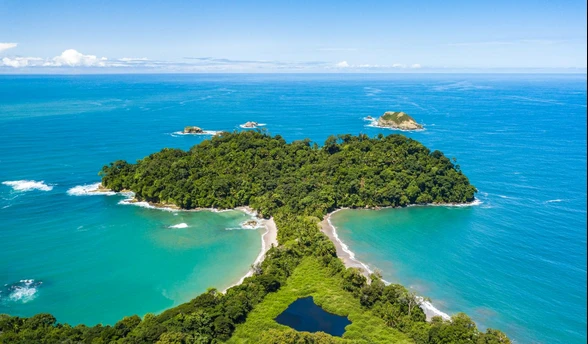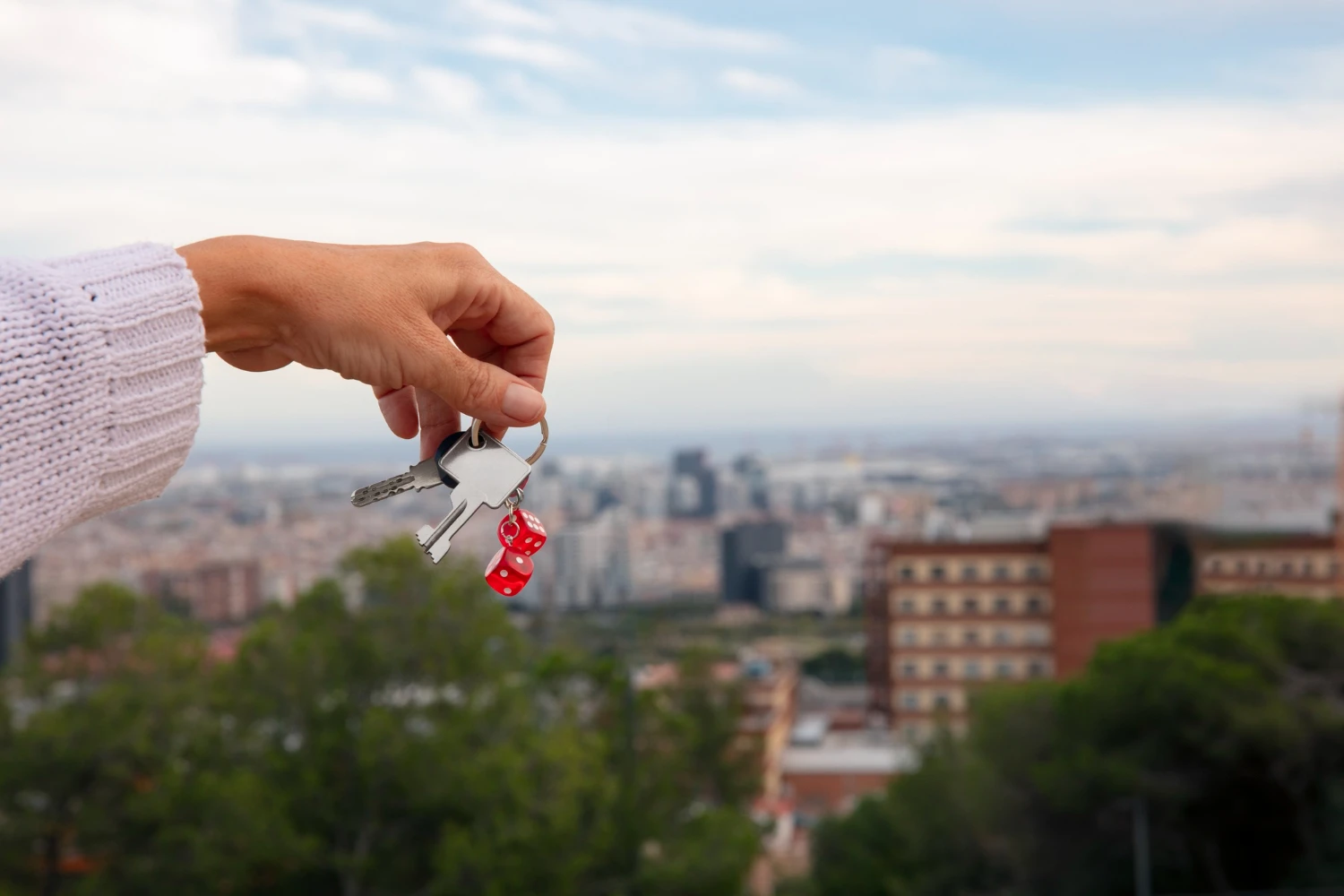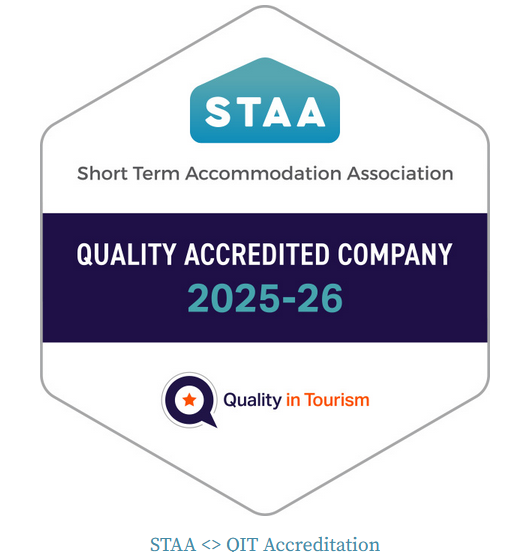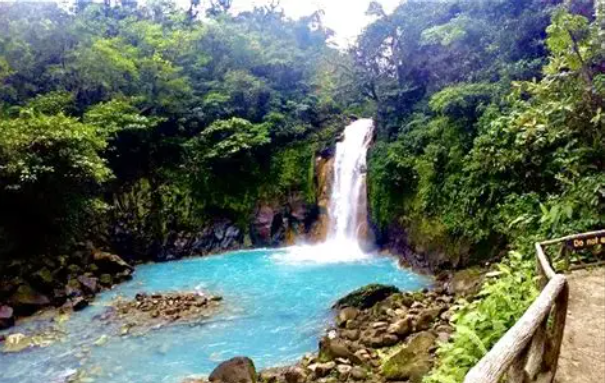Written by Hawaii Travel News / October 7, 2025
Origin post: https://beatofhawaii.com/visitors-push-back-as-hawaii-faces-new-anti-luxury-shift/
Article: Luxury travel isn’t dead. It’s being redefined. And Hawaii, once the gold standard for high-end vacations, now sits squarely in the middle of the shift. National research this month confirms what readers and editors have been saying here for more than a year: luxury is changing. The new term is “anti luxury,” and nearly half of American travelers now say that’s the kind of trip they want.
According to The State of the American Traveler study, 43 percent of Americans find anti-luxury travel appealing. And to some degree at least, Beat of Hawaii editors count ourselves among them. That number jumps to 59 percent among Gen Z and 53 percent among Millennials. But here’s the twist: 65 percent of Gen Z travelers still value upscale touches. They just want them to feel authentic. Meaning beats marble, and value beats veneer.
If you’ve ever felt like Hawaii’s travel experience has become more about fees than feelings, you’re not alone. Across hundreds of reader comments, the message is consistent. Visitors still want Hawaii, but they want it to feel worth it again.
Hawaii’s problem is that it has been chasing the opposite audience.
While 52 percent of travelers earning under $50,000 a year say they’re drawn to anti-luxury travel, only 37 percent of those earning over $200,000 agree. Hawaii has been placing a heavy bet on the second group.
Anti-luxury isn’t about roughing it. It’s about travelers seeking substance over status. They still want comfort, but they want it to feel earned and authentic. Think couples skipping a $1,000 resort night to splurge on a local guide or a family choosing meaningful days over showy nights.
When travelers say Hawaii feels too transactional, they’re not rejecting quality. They are rejecting the sense that quality has been replaced by markup. Readers have been describing this shift for months in stories like Hawaii’s new fees cross the line and the vanishing middle class of Hawaii travel.
The income gap Hawaii can’t ignore.
The study revealed a clear gap between what Hawaii markets and what most travelers actually want. Lower-income travelers were the most interested in anti-luxury experiences, while the high earners Hawaii targets were least interested. The islands’ current “premium visitor” strategy chases the group least likely to value what Hawaii truly offers: natural beauty, connection, and culture.
The visitors who built Hawaii’s tourism base are being priced out, even as they remain the ones most loyal to the experience Hawaii once promised. The math is brutal: Hawaii markets to the 37 percent who don’t want what it offers, while alienating the 52 percent who do.
This mismatch has been building across stories, such as Hawaii visitors loving the islands but hating what travel here has become.
Wellness travel: Hawaii’s missed opportunity.
A study linked to by Future Partners found that 65 percent of travelers consider wellness important in planning trips, and 43 percent actively seek experiences that support their physical, mental, or spiritual health. This is especially true for Millennials and women, the same groups Hawaii’s visitor mix relies on most.
Hawaii should own wellness travel. Sunrise swims, hikes through native forests, local produce stands, and quiet moments are built into daily life here. Yet, most hotels still treat wellness as a spa upcharge, rather than as a core experience. Anti-luxury travelers want wellness baked in, not bolted on.
The hotels that figure this out first, the ones that swap $200 spa treatments for complimentary sunrise yoga or guided trail access, will own the next decade of Hawaii travel.
We first explored Hawaii’s evolving definition of luxury in Hawaii Is Redefining Luxury Why Authentic Travel Is The New Trend, and this new data shows how that evolution is accelerating nationwide.
The comfort correction in the skies.
Airline loyalty changes and seat shrinkage only deepen this mood. Comfort now resides in the middle, offering premium economy, extra legroom, and transparency about what you get for the price.
These flyers are the same ones that choose smaller brands that feel honest. They’ll still pay for comfort, but they expect transparency and decency in return.
What younger travelers are signaling.
Gen Z and Millennials are leading the charge, with 59 percent and 53 percent, respectively, saying they prefer anti-luxury travel. But here’s the twist: 65 percent of Gen Z still value upscale touches; they want them to feel authentic.
Gen Z travelers are taking fewer trips than any other generation, just 3.3 in the coming year, but they’re the most optimistic about their future finances. Sixty-three percent expect to be better off next year, compared with 32 percent of Boomers. They’re not broke. They’re selective.
When Gen Z and younger Millennials come to Hawaii, they want real experiences that fit their values. They are allergic to pretense. They share their disappointments online, but they also reward authenticity when they find it.
How Hawaii can win back its visitors.
Anti-luxury travel is a direct reaction to that feeling. It’s a refusal to pay for detachment. Hotels and destinations that prioritize human connection, offer friendly check-in staff, provide thoughtful amenities, and maintain honest communication will win these guests back. It’s not about cheaper rooms. It’s about feeling that the experience and the price align again.
Nearly half of Americans, 47 percent, expect a U.S. recession within six months, up nine points from last year. Even so, 59 percent still plan to prioritize leisure travel in their budgets. That mix of caution and determination defines this moment. People will still travel, but they’ll be ruthless about value.
For Hawaii, that means the visitors are not gone. They’re simply choosing differently. They want transparency, respect, and experiences that feel like the islands they remember.
What Hawaii can do next.
If Hawaii tourism wants to thrive in the anti-luxury era, it needs to realign with what travelers are saying. Stop marketing aspiration and start marketing truth. Invest in the service experience, not just the structures. Simplify the costs and clarify the fees. Let visitors feel they’re part of something meaningful, not just a revenue target.
Small changes make a difference. Authentic greetings. Flexible cancellation policies. Honest communication about what’s open, what’s crowded, and what’s truly local. These are the new luxuries, and they cost almost nothing.
What travelers can do to make Hawaii worth it again.
If you’re planning a trip, focus on the version of Hawaii that still feels genuine. Visit during shoulder seasons, such as April through June or September through November. Book mid-tier accommodations that prioritize service over branding. Use points where you can, but spend on local experiences that remind you why Hawaii mattered in the first place.
Our tips found in How to visit Hawaii for less in 2025 and Ten ways to save money on Hawaii car rentals can help make it happen.
We’ve found ourselves shifting between both worlds on our own travels. On a recent South Pacific trip, in Rarotonga, we stayed in a simple beachfront Airbnb that was clean, quiet, and inexpensive, perfect for slowing down.
A few days later on Aitutaki, we splurged on what passes there as a five-star resort. It wasn’t perfect, but it had heart.
Then in Papeete, comfort mattered more, so we chose a larger, well-run resort before ending the trip in Bora Bora at a small lagoon-front rental costing a fraction of the luxury-brand over-water villas nearby. Each stop delivered something different, and not one of them felt like a downgrade.
That, in the end, is the point. Anti-luxury isn’t about rejecting the high end. It’s about choosing when it actually adds meaning, and when a clean room, a friendly face, and a view that stops you mid-sentence are worth far more than another champagne check-in. (Beat of Hawaii editors).
The bigger picture.
Anti-luxury isn’t a rejection of Hawaii. It’s a reset of expectations. It’s a sign that travelers want their trips to feel purposeful again. Hawaii, with all its natural and cultural gifts, should be the model for that. But only if it listens.
At BRnX Travel, we understand this shift better than anyone — because we’re built on it.
Our Verification and Accreditation Standards (INACHI + ISO based) exist to make sure your property isn’t just beautiful — it’s authentic, transparent, and trusted.
As guests move away from flashy brands and toward verified experiences, owners who meet our standards will lead this new era.
They’re not selling “luxury.”
They’re selling peace of mind, credibility, and meaning — the new definition of luxury travel.
BRnX Verified. BRnX Accredited. BRnX Trusted.
That’s how you meet the new traveler where they are.
👉 Accredit your property and redefine luxury












